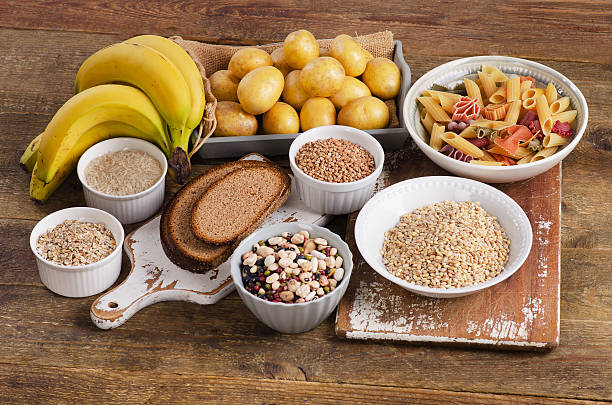Carbohydrates are an important part of our diet and provide energy. But how can you figure out how many carb calories are in a certain food? There are numerous methods for doing this, the most frequent of which is to use the Carbohydrate Index (CI). The CI is a number that represents how much carbohydrate a certain item contains. To find out how many carb calories are in anything, just multiply its CI by 100. This blog article will guide you through the process of calculating carb calories and will offer some examples to aid you. With this knowledge, you may better understand how to make good dietary choices.
What are carb calories?
Carbohydrates are the body’s primary source of energy. They are composed of smaller molecules known as sugars, which are broken down into glucose, which is subsequently utilised for energy by the body. Carbohydrates are classified into two types: simple and complicated. Simple carbohydrates have just one sugar molecule, while complex carbohydrates have numerous. Every meal has some kind of carb, however not all of them have the same quantity. Here are some typical examples:
- Fruit (simple) – contains glucose and fructose
- Grains (complex) – wheat, rice, oats, barley
- Vegetables (complex) – bell peppers, broccoli, cauliflower
Simple carbs are more quickly burned than complex carbs and are therefore recommended for people who want to maintain a healthy weight or reduce their calorie intake. Carbohydrates can be found in everything from yogurt to candy bars so it’s important to understand how many they’re eating and what they contain.
How to calculate carb calories for different activities

Calculating carb calories is an important part of any healthy diet. Carbohydrates provide energy for physical activity and for the body to use for other processes. Here are some tips for calculating carb calories:
• Consider the type of activity. Activities that burn more calories include running, brisk walking, swimming, and lifting weights.
• Determine how many carbs you’re burning with the activity. Use a calorie calculator like this one to get an estimate. The higher the number, the more energy you’re using in that activity.
• Add on any additional carbs you consume during or after the activity. That includes anything from sports drinks to snacks.
The best way to track your carb intake
There are many methods you may use when calculating carb calories. The most common method is to deduct total fat grammes from total calorie intake to calculate net carbohydrates. This strategy, however, is not completely correct since some calories may originate from sources other than carbohydrates, such as protein or fibre. A tracking app or spreadsheet is a better approach to monitor carb consumption. You’ll be able to know precisely how many carbohydrates you’re ingesting each day and keep below your carb restrictions.
How many calories are in 1g of carbs?
The quantity of calories in one gramme of carbs varies depending on the carbohydrate type. However, most carbohydrates provide roughly 4 calories per gramme.
How do I calculate how much carbs I need?

One of the most often asked concerns by individuals attempting to lose weight or manage their diabetes is how to determine how many carbohydrates they need. Carbohydrates are a primary source of energy for the body and, when ingested in moderation, may aid with blood sugar regulation. However, eating too many carbs may lead to weight gain and other health issues.
Begin with your daily calorie target to determine how many carbohydrates you need each day. Next, multiply the amount of calories by the number of grammes of carbohydrate. If you want to lose weight, for example, strive for less than 2000 calories per day and meals with less than 100 grammes of carbohydrate each serving. If you have diabetes and are attempting to control your blood sugar levels, consult with your doctor or a diabetes educator to determine the optimum carb calorie goal for you.
Conclusion
Calculating carb calories can be a little confusing, but there is an easy way to do it. Simply subtract the total fat grams from the total protein grams to get your carb calories. For example, if you have 100 grams of protein and 20 grams of fat, your carb calories would be 80.
